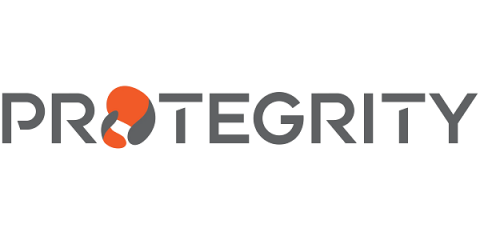They're Not Just Long Words: Anonymization And Pseudonymization Protect Data-driven Business
Spelling, let alone pronouncing, “anonymization” and “pseudonymization” is just the beginning. Vocabulary, however, will be the least of the challenges for organizations that ignore the business value created through the use of these data protection methods. Anonymization and pseudonymization are two ways to de-identify sensitive data, and each has a distinct purpose in the tightrope balance between fully using and fully protecting data and data privacy.


